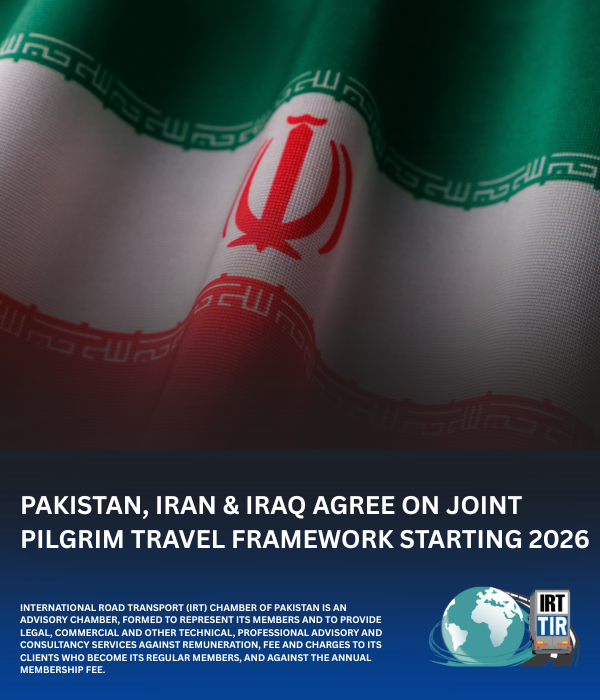ISLAMABAD, June 10 – The Government of Pakistan has announced a significant 20% increase in defence spending for the fiscal year 2025–26 following recent military tensions with India. Simultaneously, the government has reduced overall federal expenditure by 7%, aligning with fiscal consolidation efforts under its ongoing agreement with the International Monetary Fund (IMF).

Key Budget Figures for FY 2025–26
Total federal budget: 17.57 trillion Pakistani rupees (~$62 billion)
Defence budget: 2.55 trillion Pakistani rupees (~$9 billion), up from 2.12 trillion
Full military expenditure including pensions: 3.292 trillion Pakistani rupees (~$11.67 billion)
Deficit target: 3.9% of GDP
Inflation forecast: 7.5%
Growth projection: 4.2%
Defence Boost Following India Conflict
The increase in defence allocation comes in response to a military confrontation with India in April, the most serious in nearly three decades. The conflict involved the use of drones, jets, missiles, and artillery, prompting Pakistan to prioritize defence preparedness in the national budget.
The government framed the response as a strategic victory, underscoring the need to now compete with India on the economic front as well. Pakistan’s updated defence strategy aims to maintain military balance in South Asia, where India has also raised its defence budget for FY 2025–26 by nearly 9.5%, reaching $78.7 billion.
Budget Focuses on Fiscal Discipline and Economic Reform
Despite the surge in defence expenditure, the government has reduced overall federal spending. This move is part of a broader strategy to meet IMF conditions, prevent balance of payments crises, and stabilize the economy after years of macroeconomic uncertainty.
The new budget includes:
A plan to privatize state-owned enterprises,
A renewed push to increase exports,
Measures to build foreign exchange reserves, and
Policies aimed at creating a more competitive economic environment.
According to official statements, this fiscal plan represents a structural transformation of the national economy, intended to address long-term weaknesses and boost resilience.
Economic Outlook
Pakistan’s economic growth is projected at 4.2% for FY 2025–26, up from the current year’s estimated 2.7%, though still behind the regional average. In 2024, South Asian economies grew by 5.8%, with forecasts of 6.0% in 2025, according to the Asian Development Bank.
The government expects growth to be supported by lower borrowing costs following several interest rate cuts. However, economists caution that structural reforms, revenue generation, and investment climate improvements remain critical to sustainable growth.
Conclusion
The federal budget for 2025–26 reflects Pakistan’s shifting priorities in a volatile regional and global environment. With a stronger emphasis on defence and national security, coupled with a commitment to economic reform and fiscal responsibility, the government is attempting to balance short-term pressures with long-term development goals.
The success of this strategy will depend on macroeconomic stability, investment confidence, and effective implementation of key structural reforms in the months ahead.






